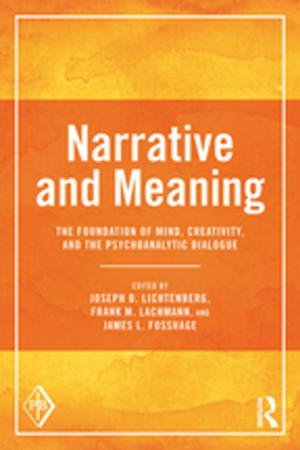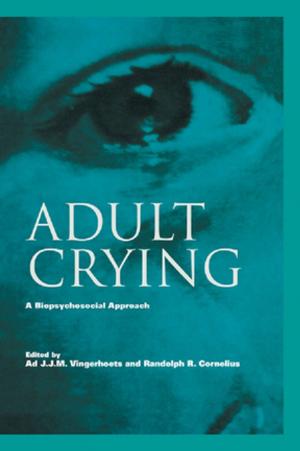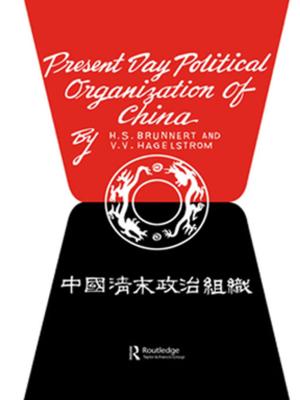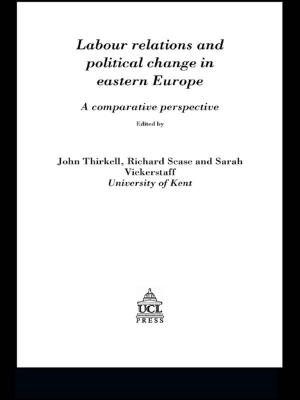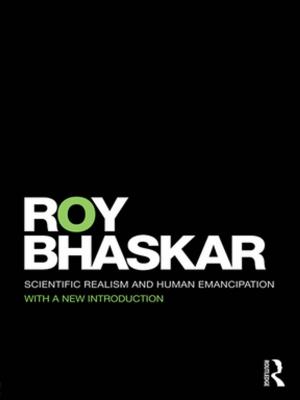The Automaton in English Renaissance Literature
Nonfiction, Science & Nature, Science, Other Sciences, History| Author: | ISBN: | 9781317040804 | |
| Publisher: | Taylor and Francis | Publication: | March 23, 2016 |
| Imprint: | Routledge | Language: | English |
| Author: | |
| ISBN: | 9781317040804 |
| Publisher: | Taylor and Francis |
| Publication: | March 23, 2016 |
| Imprint: | Routledge |
| Language: | English |
The Automaton in English Renaissance Literature features original essays exploring the automaton-from animated statue to anthropomorphized machine-in the poetry, prose, and drama of England in the 16th and 17th centuries. Addressing the history and significance of the living machine in early modern literature, the collection places literary automata of the period within their larger aesthetic, historical, philosophical, and scientific contexts. While no single theory or perspective conscribes the volume, taken as a whole the collection helps correct an assumption that frequently emerges from a post-Enlightenment perspective: that these animated beings are by definition exemplars of the new science, or that they point necessarily to man's triumphant relationship to technology. On the contrary, automata in the sixteenth and seventeenth centuries seem only partly and sporadically to function as embodiments of an emerging mechanistic or materialist worldview. Renaissance automata were just as likely not to confirm for viewers a hypothesis about the man-machine. Instead, these essays show, automata were often a source of wonder, suggestive of magic, proof of the uncannily animating effect of poetry-indeed, just as likely to unsettle the divide between man and divinity as that between man and matter.
The Automaton in English Renaissance Literature features original essays exploring the automaton-from animated statue to anthropomorphized machine-in the poetry, prose, and drama of England in the 16th and 17th centuries. Addressing the history and significance of the living machine in early modern literature, the collection places literary automata of the period within their larger aesthetic, historical, philosophical, and scientific contexts. While no single theory or perspective conscribes the volume, taken as a whole the collection helps correct an assumption that frequently emerges from a post-Enlightenment perspective: that these animated beings are by definition exemplars of the new science, or that they point necessarily to man's triumphant relationship to technology. On the contrary, automata in the sixteenth and seventeenth centuries seem only partly and sporadically to function as embodiments of an emerging mechanistic or materialist worldview. Renaissance automata were just as likely not to confirm for viewers a hypothesis about the man-machine. Instead, these essays show, automata were often a source of wonder, suggestive of magic, proof of the uncannily animating effect of poetry-indeed, just as likely to unsettle the divide between man and divinity as that between man and matter.


